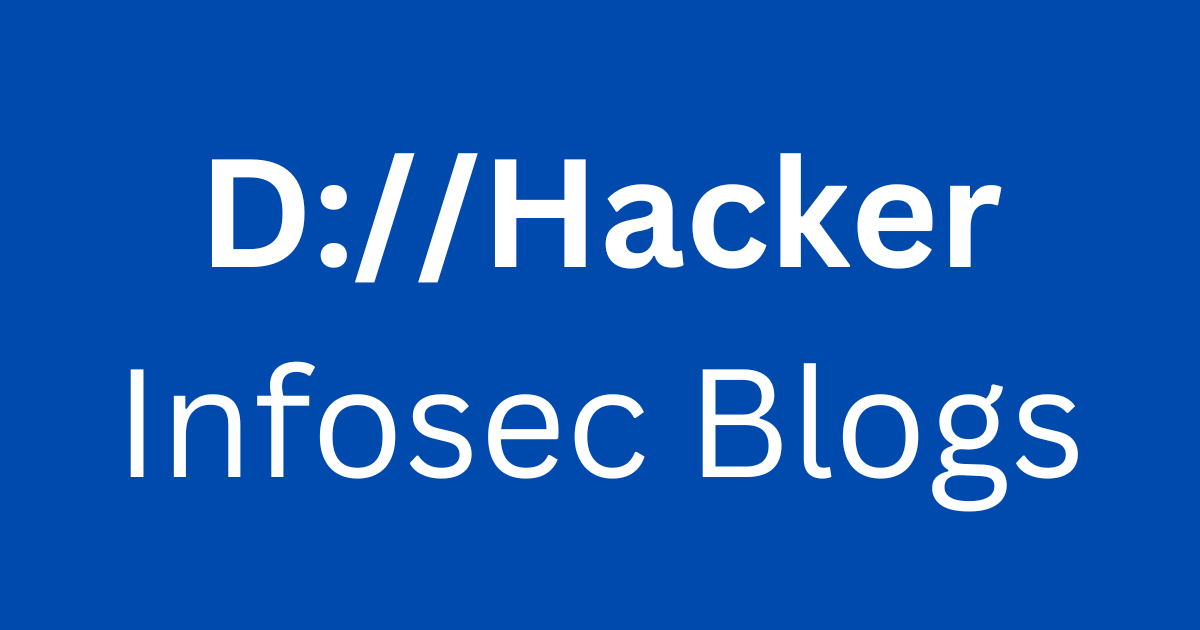Introduction
The idea of AI taking over humanity and rendering humans obsolete has been a popular theme in science fiction for decades. However, in reality, the notion of AI overpowering humans is more of a misconception than a legitimate concern. Instead of fearing an AI-dominated future, we should focus on the symbiotic relationship between AI and humans, where AI complements human capabilities, leading to unprecedented advancements. In this blog, we will explore why the AI takeover is unlikely and provide examples from AI research to support our arguments.

Narrow vs. General AI
AI can be broadly categorized into narrow AI and general AI. Narrow AI, also known as weak AI, is designed to perform specific tasks and functions within well-defined boundaries. Examples of narrow AI include virtual assistants like Siri and chatbots. While these narrow AI systems can be impressive in their domain, they lack the general intelligence and self-awareness required for an AI takeover.
Research Example: AlphaGo, developed by DeepMind, gained fame for defeating the world champion Go player, Lee Sedol. However, despite its prowess in Go, AlphaGo cannot perform tasks outside the game or possess human-like general intelligence.
Human Oversight and Control
AI systems are created and governed by humans, ensuring they remain under human control. Developers and engineers implement strict ethical guidelines to ensure AI algorithms adhere to human-defined principles and do not act beyond their programmed boundaries.
Research Example: OpenAI’s GPT-3, a state-of-the-art language model, can generate highly realistic human-like text. However, it still requires human oversight to prevent the generation of harmful or misleading content.
AI as a Tool, Not a Replacement
AI technology is designed to augment human abilities, not replace them. AI excels at processing vast amounts of data, analyzing patterns, and performing repetitive tasks at scale. Humans, on the other hand, possess creativity, empathy, and abstract reasoning skills that are beyond the capabilities of AI.
Research Example: In healthcare, AI algorithms can analyze medical images and help diagnose diseases, but the final diagnosis and treatment decisions are made by human doctors, incorporating their expertise and patient interaction.
AI Ethics and Values
Researchers and policymakers recognize the importance of embedding ethical principles and human values into AI systems. Efforts are being made to ensure that AI algorithms align with human values and do not make decisions that could harm humans or society.
Research Example: The development of Explainable AI (XAI) aims to make AI models more transparent and interpretable, allowing humans to understand how AI arrives at specific decisions.
Creativity and Emotional Intelligence
AI excels at pattern recognition and optimization, but it lacks creativity and emotional intelligence that are unique to humans. Creative problem-solving, emotional understanding, and empathy are essential aspects of human society that cannot be replicated by AI.
Research Example: While AI-generated art and music are impressive, they lack the emotional depth and creativity exhibited by human artists and musicians.
Conclusion
The fear of AI taking over humanity is largely a product of science fiction rather than a scientifically grounded concern. AI technology, as we know it today, operates within the boundaries set by human developers and lacks the self-awareness or general intelligence required for autonomous domination. The future of AI lies in a symbiotic relationship with humans, where AI complements our capabilities, improves efficiency, and enables us to tackle complex challenges.
AI research continues to focus on responsible and ethical AI development, ensuring that AI systems remain under human control and align with human values. As we move forward, collaboration between AI researchers, policymakers, and society at large will be crucial in shaping a future where AI and humans coexist harmoniously, unlocking new frontiers of progress and possibilities. Embracing AI as a powerful tool and harnessing its potential will lead us towards a more promising and innovative future for humanity.

